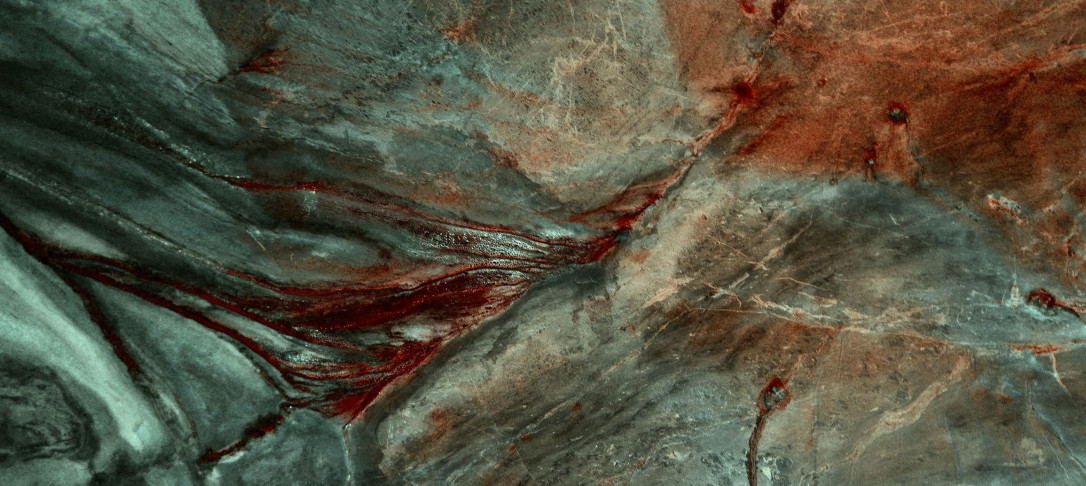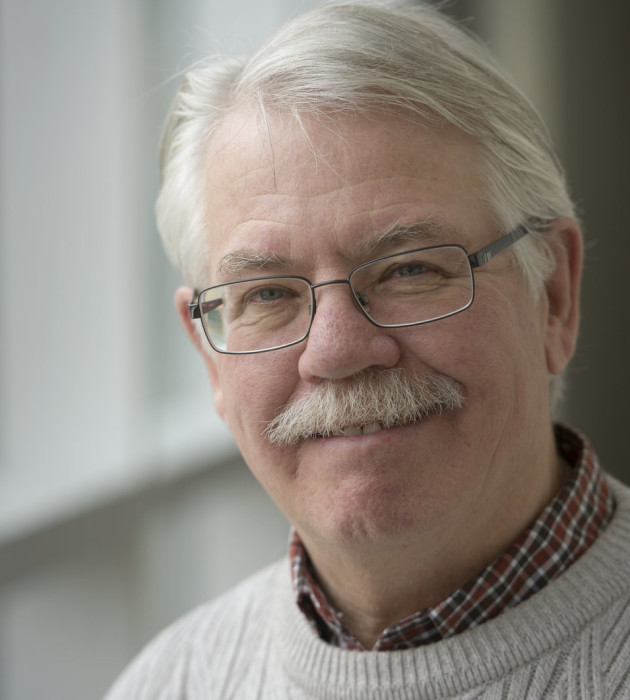
Professor Maurice Dusseault will give the ESE Departmental Seminar on 28 October, “Use of the Subsurface to Aid the Transition to Low-Carbon Energy“.
Join us online on Thursday 28 October by clicking “Livestream” on the seminar page at 12pm. The livestream link will be added in due course.
Use of the Subsurface to Aid the Transition to Low-Carbon Energy
Subsurface sedimentary and crystalline rock masses constitute a three-dimensional spatial resource that can aid the energy transition and improve environmental outcomes. This seminar first introduces the issues, and then focuses on three specific technologies to aid decarbonisation efforts and better energy use: carbon sequestration through the use of biosolids injection, compressed air energy storage, and geothermal approaches, including seasonal heat storage.
Porous and permeable sediments can be used to safely dispose of fluid and solid wastes. Adequate porosity and permeability are needed for fluids (CO2, waste water, acid gas…), and slurried solids may be disposed in sediments through fracture injection. Sedimentary rocks can accommodate injection and gradually dissipate pressures, but caution is warranted: huge fluid volumes (i.e. massive CO2 sequestration) will exceed the sediments’ capacities in many areas, leading to regional pressurisation and increased escape risks.
Crystalline and other very low permeability rocks are more challenging to exploit, but these rocks can be exploited for their heat, or used for subsurface boreholes for storage of products, energy, and radwastes.
Biosolids injection leads to carbon sequestration in solid form (a process of coalification), and in many jurisdictions this can be done as economically as current biosolids treatment approaches. Using the example of Taiyuan, a framework will be presented for more environmentally secure carbon sequestration combined with safer and economical urban biosolids treatment.
Subsurface energy storage includes storage of HCs, H2, compressed air storage, and pumped liquids. In Ontario, Canada, the first adiabatic compressed air storage facility in the world is operating, albeit only at a pilot scale of 1.75 MW. The compressed air is stored in a repurposed salt cavern 412 m deep. The use of salt caverns and purpose designed boreholes for compressed air are presented.
The use of the subsurface to store low-grade heat for seasonal use is being studied, a type of geothermal approach, and methods to cool subsurface repositories for sources of cooler air in warm months is technically feasible.
Intelligent use of the subsurface can help reduce the carbon intensity of our energy sources while improving other environmental outcomes such as providing secure waste disposal and water clean-up, and more comfortable human habitats.
Biography
 Maurice B Dusseault is a professor of Geological Engineering in the Earth and Environmental Sciences Department, University of Waterloo, Waterloo, Ontario, Canada.
Maurice B Dusseault is a professor of Geological Engineering in the Earth and Environmental Sciences Department, University of Waterloo, Waterloo, Ontario, Canada.
He spent three years as a roughneck and drilling mud technician prior to completing his BSc (1971) and PhD (1977). From 1977 to 1982, he occupied a Research Professor Chair at the University of Alberta funded by the Alberta Oil Sands Technology and Research Authority. During this period, he developed novel skills and broad experience in new production technologies and drilling rock mechanics. In 1982, he became Chairman of the Geological Engineering Program at Waterloo and was Director of the Porous Media Research Institute from 1995 to 2000.
Maurice carries out research in petroleum geomechanics (including drilling, hydraulic fracturing and reservoir geomechanics), and is the recognised world expert in new production methods, deep waste sequestration in sedimentary basins, and reservoir geomechanics. He has co-authored two textbooks, over 470 conferences and journal articles, and works with industry as an advisor and instructor. Maurice was a SPE Distinguished Lecturer in the year 2002-2003, visiting 19 different countries and speaking about new oil production technologies to 28 separate SPE Sections. He has taught in 16 different countries, and has a reputation for clear presentations based on simple but useful material.


